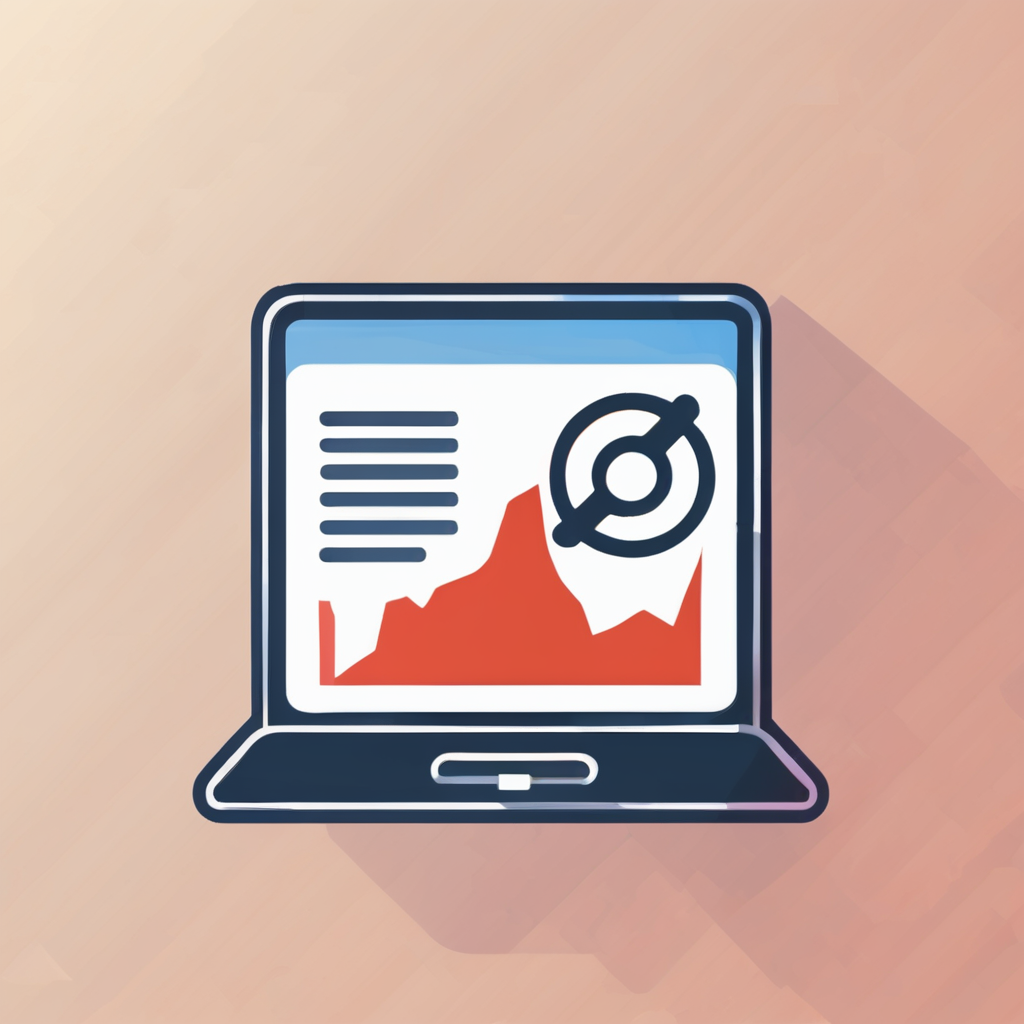Unleashing the Power of A/B Testing for Data-Driven Decisions
In today’s competitive digital landscape, data-driven decisions separate successful businesses from those left behind. A/b testing empowers companies to optimize user experiences systematically, with studies showing that businesses implementing regular testing see conversion rate improvements of up to 49% (Optimizely, 2024). How can your organization harness this powerful methodology to transform assumptions into measurable results?
What is A/B Testing and How Does It Transform Business Outcomes?
A/B testing represents the gold standard for data-driven decision making in digital optimization. This experimental methodology divides your audience into two groups, presenting each with different versions of a webpage, email, or app feature to determine which performs better against specific metrics.
This might interest you : What is the future of digital marketing with 5G technology in the UK?
The technical process operates through sophisticated randomization algorithms that ensure statistical validity. When a user visits your site, the testing platform assigns them to either the control group (original version) or the variant group (modified version). The system then tracks user behavior, measuring conversion rates, click-through rates, or any predetermined success metric.
The business impact can be transformative. Netflix famously increased their subscriber conversion rate by 20% through systematic A/B testing of their signup flow. Similarly, Booking.com runs over 1,000 concurrent tests, attributing much of their market dominance to continuous optimization. These companies understand that even minor improvements compound over time, generating millions in additional revenue.
Topic to read : How is virtual reality enhancing customer engagement in UK marketing?
Beyond immediate performance gains, A/B testing cultivates a culture of experimentation that reduces decision-making bias and promotes innovation across teams.
Mastering A/B Testing Methodologies: From Setup to Analysis
Une méthodologie rigoureuse distingue les tests qui génèrent des insights exploitables de ceux qui produisent des résultats trompeurs. Chaque étape du processus d’A/B testing requiert une approche structurée pour garantir la validité statistique et la pertinence business de vos expérimentations.
La réussite d’un test repose sur cinq piliers méthodologiques fondamentaux :
- Définition d’hypothèses : Formulez des hypothèses testables basées sur des données comportementales et des insights utilisateurs précis
- Design expérimental : Concevez des variations qui isolent une variable unique pour mesurer son impact réel sur vos KPIs
- Segmentation stratégique : Identifiez les segments d’audience pertinents pour éviter les biais de Simpson et améliorer la précision
- Collecte de données : Implémentez un tracking robuste qui capture les métriques primaires et secondaires sans altérer l’expérience utilisateur
- Analyse statistique : Appliquez les tests de significativité appropriés en tenant compte de la puissance statistique et des corrections multiples
Cette approche systématique transforme l’expérimentation en un processus scientifique qui génère des optimisations mesurables et durables.
Statistical Significance and Test Duration: Getting Reliable Results
Statistical significance represents your confidence level that observed differences between test variations aren’t due to random chance. When your A/B testing platform displays a 95% confidence level, it means there’s only a 5% probability your results occurred by coincidence.
The duration of your test directly impacts result reliability. Running tests for insufficient time periods leads to unreliable conclusions, while extending them unnecessarily can delay important optimizations. Most meaningful A/B tests require at least one to two weeks to account for weekly traffic patterns and user behavior variations.
Several factors determine optimal test duration beyond just reaching statistical significance. Your website’s traffic volume, conversion rates, and the magnitude of changes you’re testing all influence timing. A high-traffic e-commerce site might achieve reliable results within days, while smaller websites may need several weeks to gather sufficient data.
Avoid the common mistake of stopping tests the moment they reach significance. Sample size calculators and predetermined test duration help prevent premature conclusions that could mislead your optimization strategy.
Client-Side vs Server-Side Testing: Choosing the Right Approach
Le choix entre les tests côté client et côté serveur constitue une décision technique majeure qui influence directement l’efficacité de vos expérimentations. Chaque approche présente des avantages distincts selon votre contexte d’utilisation et vos contraintes techniques.
Les tests côté client excellent dans les déploiements rapides et offrent une flexibilité remarquable pour les modifications d’interface. Cette méthode permet aux équipes marketing de lancer des expériences sans intervention technique lourde, réduisant considérablement les délais de mise en œuvre.
À l’inverse, les tests côté serveur garantissent des performances optimales et éliminent les risques de scintillement visuel. Cette approche s’avère particulièrement pertinente pour les sites à fort trafic où chaque milliseconde compte pour l’expérience utilisateur.
Une plateforme d’optimisation moderne doit supporter les deux méthodologies de manière native. Cette versatilité technique permet d’adapter vos stratégies d’expérimentation aux spécificités de chaque projet, maximisant ainsi l’impact de vos tests tout en respectant vos contraintes opérationnelles.
Building a Culture of Experimentation Within Your Organization
Creating a genuine culture of experimentation requires more than just implementing testing tools. It demands a fundamental shift in how your organization approaches decision-making, where data-driven insights become the foundation of strategic choices rather than an afterthought.
The transformation begins with establishing clear governance frameworks that define who can run tests, what requires approval, and how results influence business decisions. This structure ensures experiments align with business objectives while maintaining the agility that makes testing valuable. Teams need defined roles, from hypothesis formation to result interpretation, creating accountability without bureaucratic bottlenecks.
Leadership plays a crucial role by championing failed experiments as learning opportunities rather than setbacks. When executives celebrate insights gained from unsuccessful tests, they signal that intelligent risk-taking drives innovation. This mindset shift encourages teams to propose bolder hypotheses and explore unconventional approaches that might yield breakthrough improvements.
Integration into existing workflows ensures experimentation becomes second nature rather than an additional burden. Teams should incorporate testing considerations into project planning, product development cycles, and performance reviews, making optimization a natural extension of their daily responsibilities.
Essential Tools and Platforms for Effective Testing
Selecting the right testing platform requires careful consideration of your technical infrastructure and business objectives. The most effective tools seamlessly integrate with existing systems while providing robust statistical analysis capabilities that ensure reliable results.
Platform versatility stands as a crucial factor in tool selection. Modern testing solutions must support both client-side and server-side implementations, allowing teams to experiment across different touchpoints of the user journey. This flexibility becomes particularly important when dealing with complex user flows that span multiple pages or require backend modifications.
Your team’s technical expertise significantly influences platform choice. While some solutions offer intuitive visual editors perfect for marketing teams, others provide advanced segmentation and targeting capabilities that require developer involvement. The ideal platform scales with your organization’s testing maturity, offering simple drag-and-drop functionality for beginners while maintaining sophisticated features for experienced practitioners.
Statistical accuracy cannot be compromised when evaluating testing tools. Look for platforms that provide clear confidence intervals, handle multiple comparisons appropriately, and offer proper sample size calculations. The best solutions also include built-in quality assurance features that detect common implementation errors before they compromise your results.
Your A/B Testing Questions Answered
A/B testing can seem complex when you’re starting out. These frequently asked questions address the most common concerns and challenges businesses face when implementing conversion optimization strategies.
What is A/B testing and how does it work?
A/B testing compares two versions of a webpage or element by showing them to different user groups simultaneously. It measures which version performs better based on predefined metrics like conversions or engagement rates.
How long should I run an A/B test to get reliable results?
Test duration depends on your traffic volume and conversion rates. Most tests need at least one week to account for weekly patterns, but low-traffic sites may require several weeks to reach statistical significance.
What’s the difference between A/B testing and multivariate testing?
A/B testing compares entire page versions, while multivariate testing examines multiple elements simultaneously. Multivariate requires significantly more traffic but provides insights into element interactions and combined effects on performance.
How do I know if my A/B test results are statistically significant?
Statistical significance typically requires a 95% confidence level and adequate sample size. Professional testing platforms automatically calculate this, ensuring your results aren’t due to random chance but represent genuine user preference.
What tools do I need to start A/B testing on my website?
You need an experimentation platform that handles traffic splitting, result tracking, and statistical analysis. Choose tools supporting both client-side and server-side testing for maximum flexibility across different implementation scenarios.
How can Kameleoon help accelerate my A/B testing program?
Kameleoon’s comprehensive platform supports advanced experimentation methodologies while fostering the organizational culture needed for successful optimization programs. Expert guidance ensures proper test design and meaningful business impact from day one.



